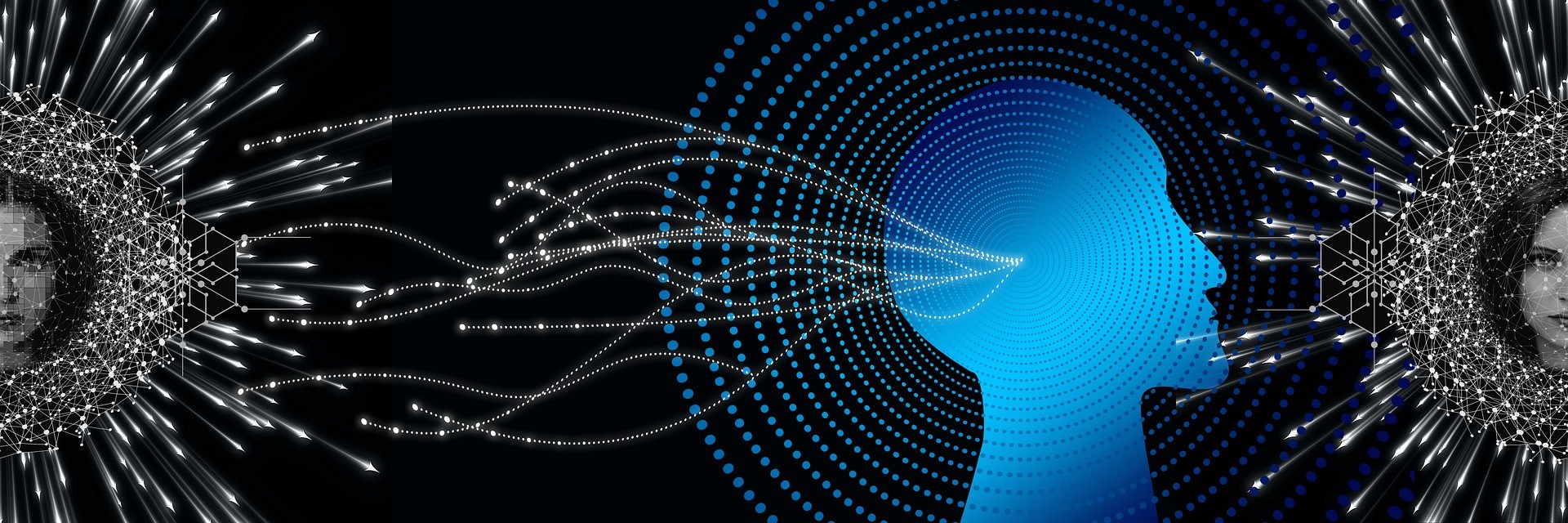Tech
Assessing Facial Recognition AI

Facial recognition technology has become an integral part of our everyday life. Smartphone technology has taken over in the last couple decades. You’ll do well to find a developed country where the majority of adults do not have a smartphone. Forming an integral part of its security is the Face ID technology, powered by facial recognition.
Powers behind face recognition
Facial recognition AI is developed by algorithms which overtime have been trained to understand and index the unique facial features of each individual. There are several unique features to each of us such as the distance between our eyes or distance between the chin and bridge of the nose. Once the system has logged an image of the individuals face, the next time they get their face scanned by the camera fitted with a facial recognition system it will recognize the individual and provide authentication if the face matches a stored copy.
Why is it so important?
Facial recognition technology is so important for a number of reasons. For instance, in the workplace it can help ensure that employees register when they enter and leave the on-premise workplace in order to keep an accurate record of attendance. In doing this, it will help remove outdated methods of attendance management such as a code machine or a pass.
As for smartphones, with the capabilities they possess nowadays, they are effectively a mini computer containing all of our important information and access to finances. Therefore, you need a high level of security to be able to unlock the device. That’s why modern smartphones of recent times incorporate biometrics. Firstly, it was fingerprint technology but now the newer models use Face ID, powered by you guessed it… facial recognition.
Assessing algorithms
Given how popular facial recognition technology is in society nowadays and the number of industries that have integrated this innovative technology, there are a huge number of companies that create and provide this service. Each creates algorithms in order for the facial recognition service to work. The better and stronger the code is, the more accurate the facial recognition model will be, and the greater the performance.
Companies can have their algorithms assessed by governing bodies such as NIST – National Institute of Standards and Technology. They assess a number of different biometric areas, including face. One of these tests is known as a Facial Recognition Vendors Test (FRVT). Companies participate in these assessments and the results can be shared with the public to showcase the validity of their work in the field. Neurotechnology are an example frvt participant that partakes in assessments carried out by NIST. Overall, the space of facial recognition technology will carry on evolving and the reliance on it is likely not to dwindle anytime soon. We look forward to seeing how it continues to develop
Kenneth is a proud native of sydney, born and raised there. However, he pursued his education abroad and studied in Australia. Kenneth has worked as a journalist for almost a decade, making valuable contributions to prominent publications such as Yahoo News and The Verge. Currently, he serves as a journalist for The Hear Up, where he focuses on covering climate and science news. You can reach Kenneth at [email protected].










